Your first bow
Table of Contents
Skip to article content- Which bow
- Starting out with your bow
- ILF
- Components you need
- Riser (sv: stock), ILF
- Limbs (sv: lemmar), ILF
- String
- Stringer: sv: påsträngare [optional]
- Arrow rest
- Plunger
- Sight
- Stabilizer (sv: stabbar/stabilisatorer)
- Quiver (sv: koger) [recommended]
- Bow stand [optional, recommended]
- Bow square (sv: trängvinkeln) [optional]
- Finger sling (sv. fingerslinga)
- Arrows
- Summary of equipment
- Required
- Optional / recommended / you'll probably need it sooner or later
Based on a conversation after completing my beginner archery course.
Which bow
Without going into too much detail it's recommended to start with a recurve because it will help you achieve results with your techinque faster.
You can always switch to barebow, or traditional bow, or compound, or longbow if you wish.
Starting out with your bow
It's possible that your new bow will be heavier than you expect. So this is what you should do when coming to the club:
- Get both your bow and the club bow, and set them near you
- Start shooting with your bow.
- Once you feel that you're getting tired, continue with the club bow (a much lighter bow)
- Continue that every training until you can shoot all arrows just with your bow.
Example:
- Your goal is to shoot 100 arrows
- You shoot 30 arrows with your bow, and you start feeling tired
- Shoot the remaining 70 arrows with the club bow
The next time you'll probably shoot 40 arrows with your bow, and the time after that 70 arrows etc.
ILF
Make sure that the components you buy (riser, limbs) are ILF (International limb fitting) standard. It's one of the few standards that exist in archery, and you want things to fit together.
Components you need
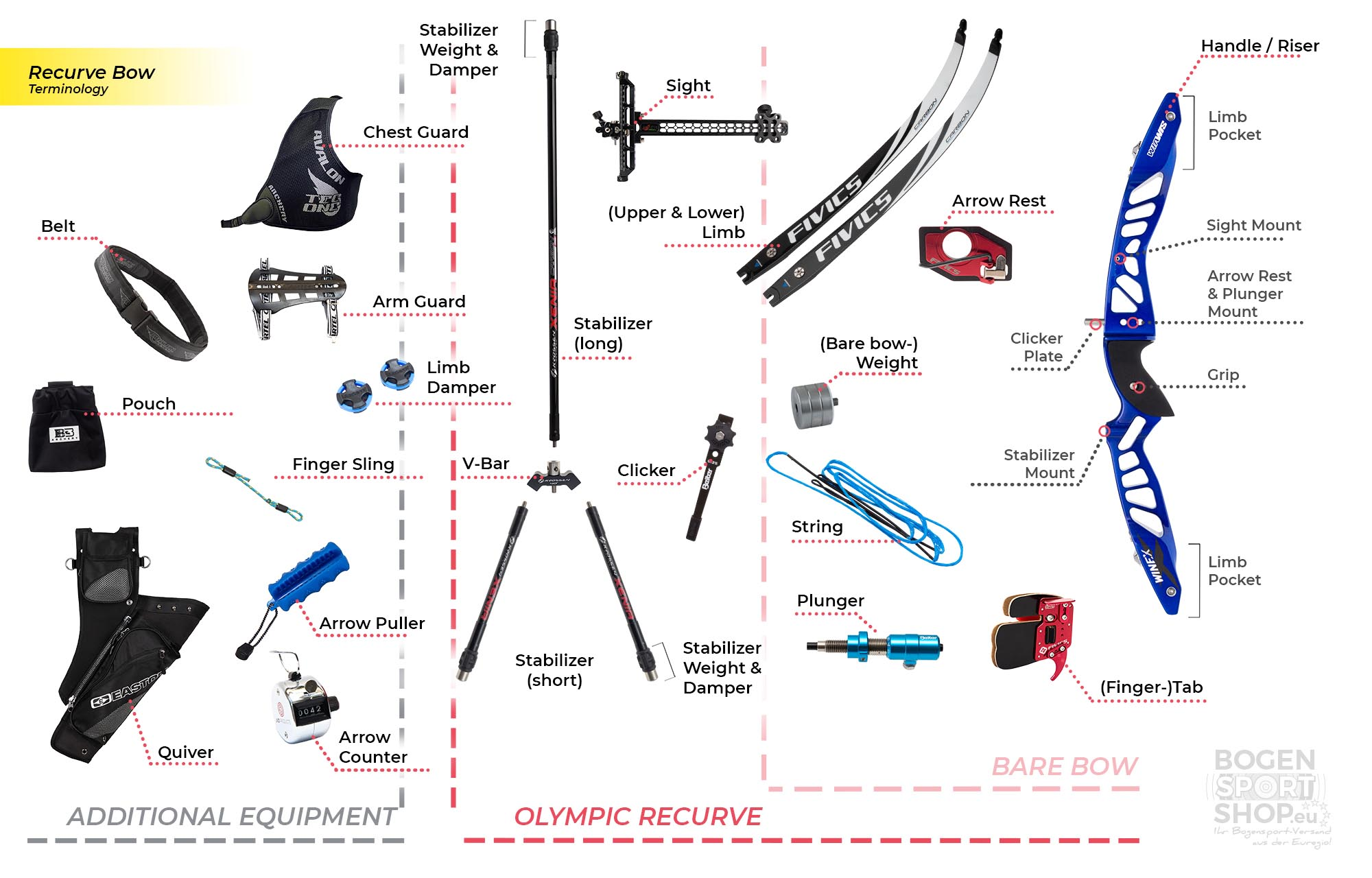
Riser (sv: stock), ILF
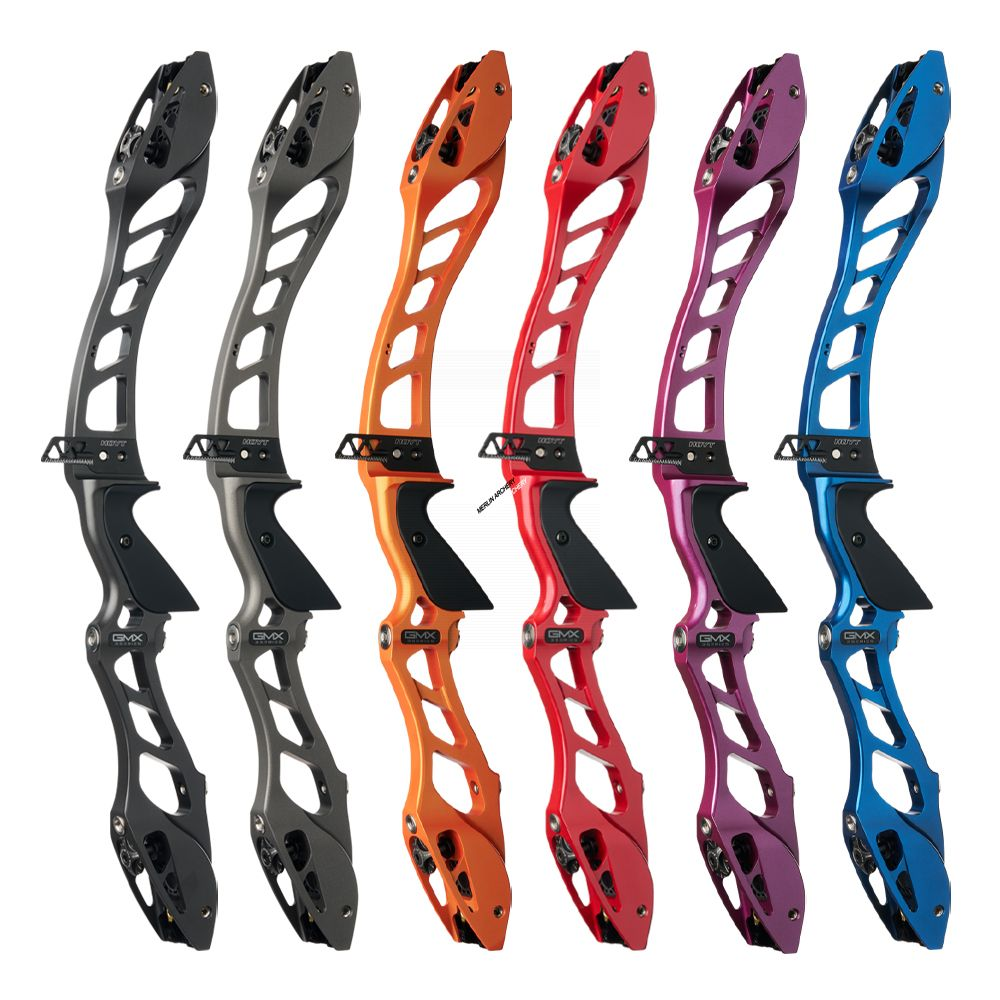
- Get the one that you like (color, look etc.)
- Even the cheapest one at a shop like Bågar & Pilar will be better than you need
-
It will last you forever
- Even though you might end up changing/upgrading it in a few years
Example: Risers by Win&Win have a budget series that can be had for under 2300 SEK.
Limbs (sv: lemmar), ILF
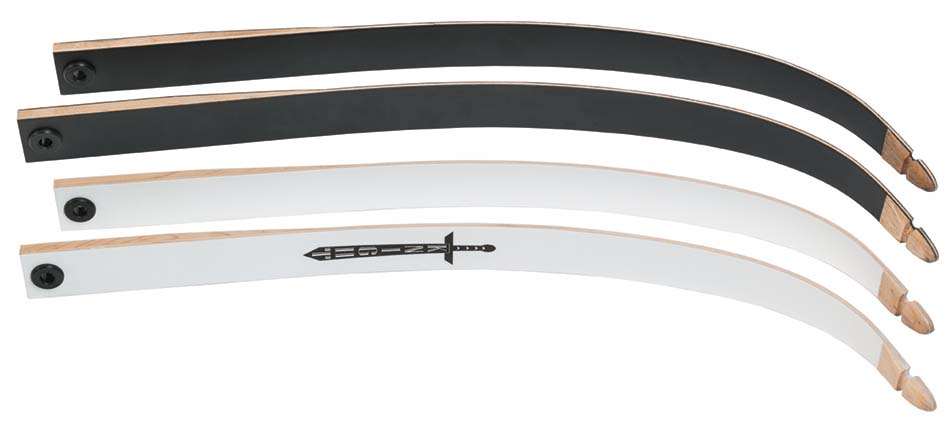
Get the cheapest shittiest limbs you can find
- If you practice, you'll need heavier limbs pretty soon (often withing half a year)
- After that you keep them at home for when something happens and you don't train for a long time. Then you start with the lighter limbs again
String
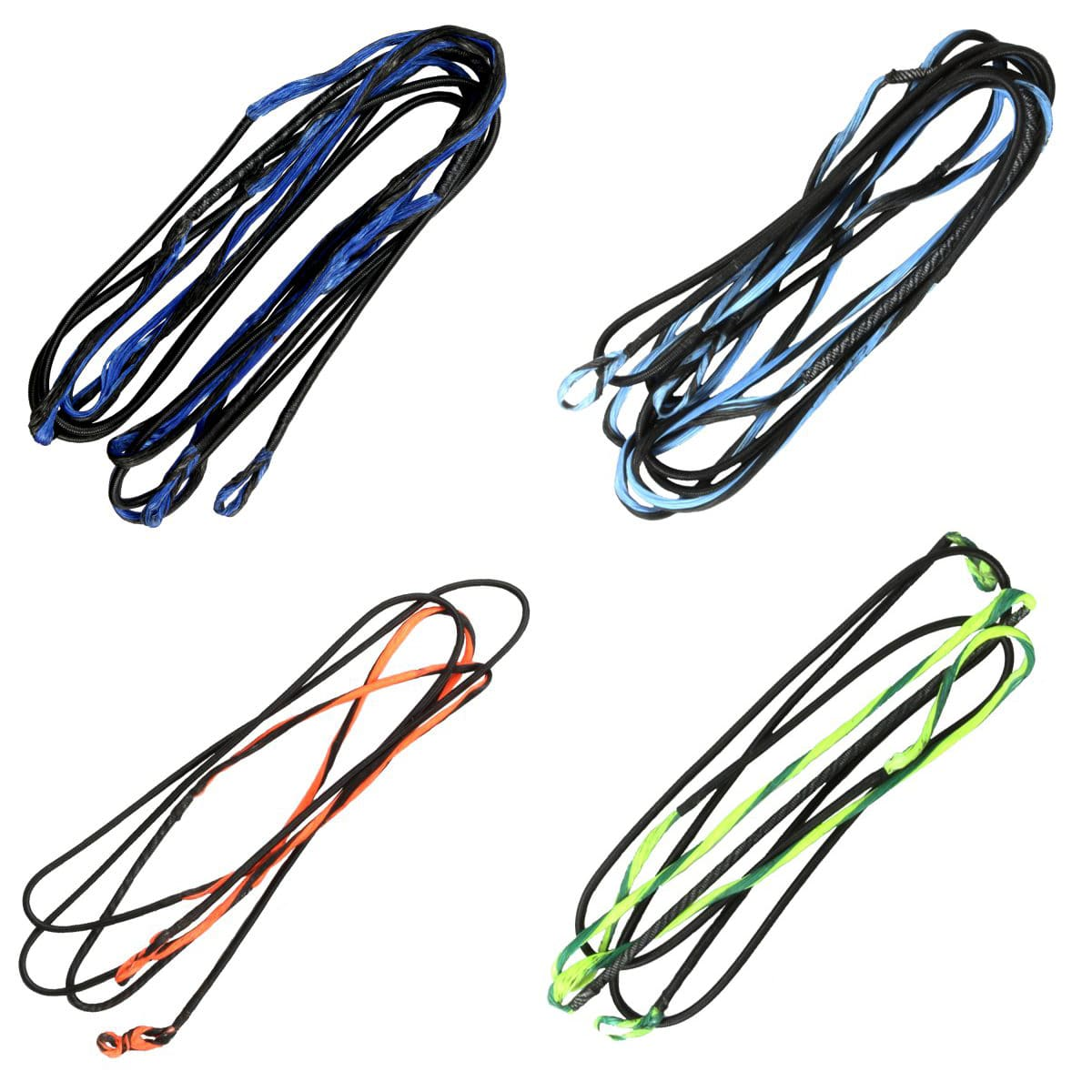
- String thickness depends on the arrow nocks. Go for the small nocks.
- Don't go for the fastes of the fastest strings
- Go for HOYT Formula 8190 or similar
Stringer: sv: påsträngare [optional]
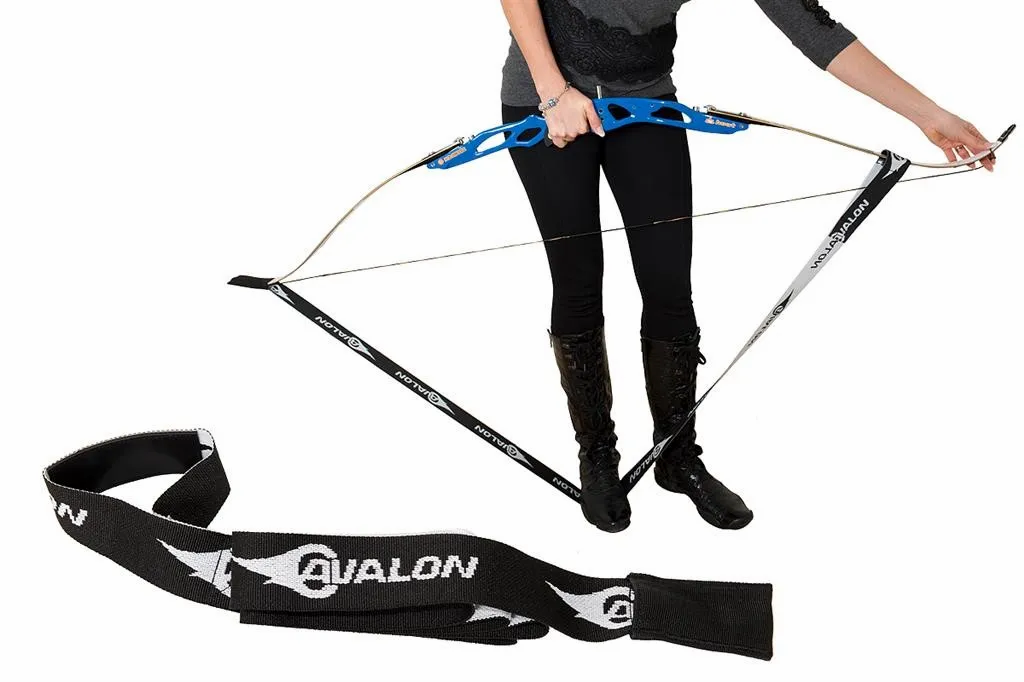
This is a tool to string your bow in the absence of other helper tools. There are many different ones, but you may want a lighter smaller one that you can carry with you everywhere. Like this: 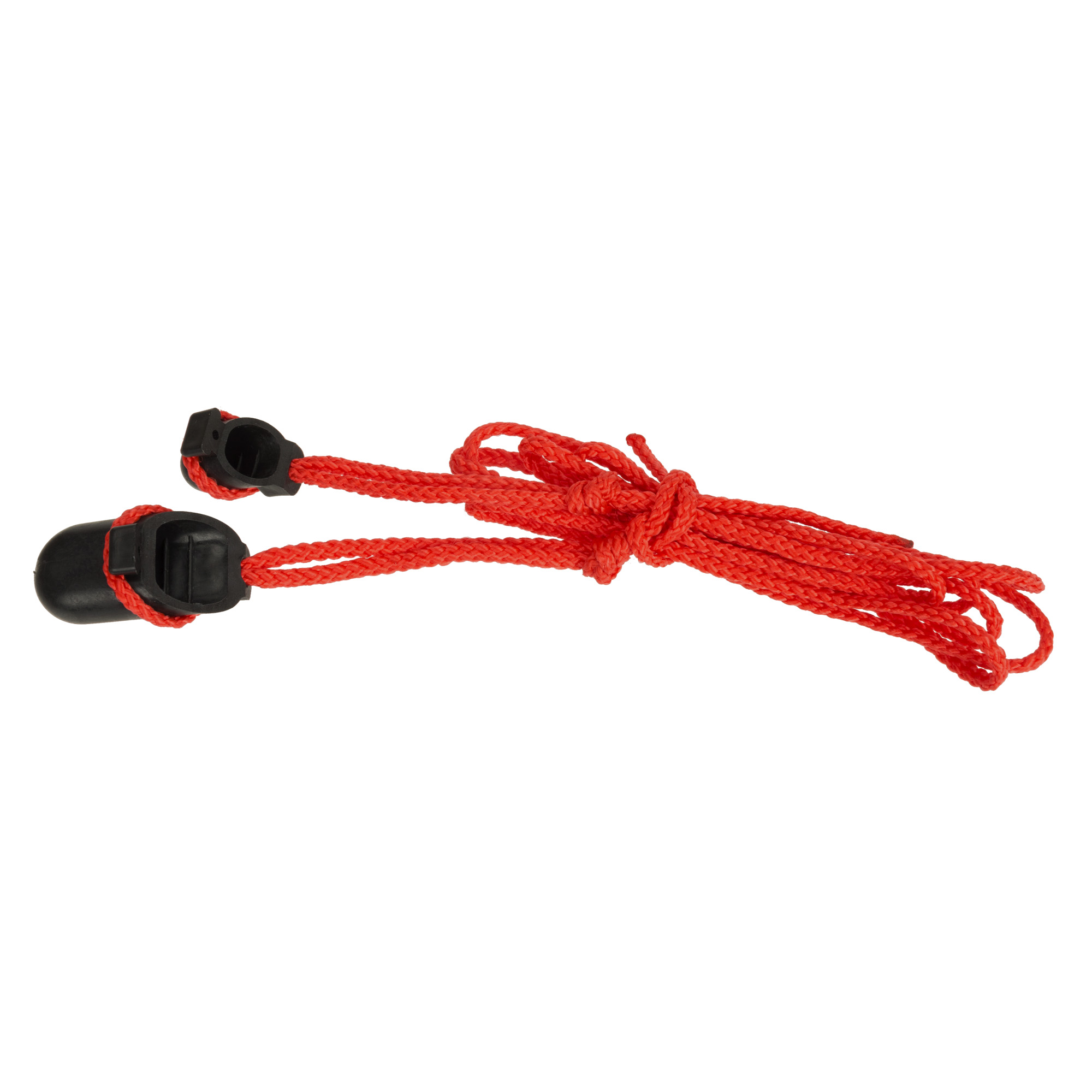
Arrow rest
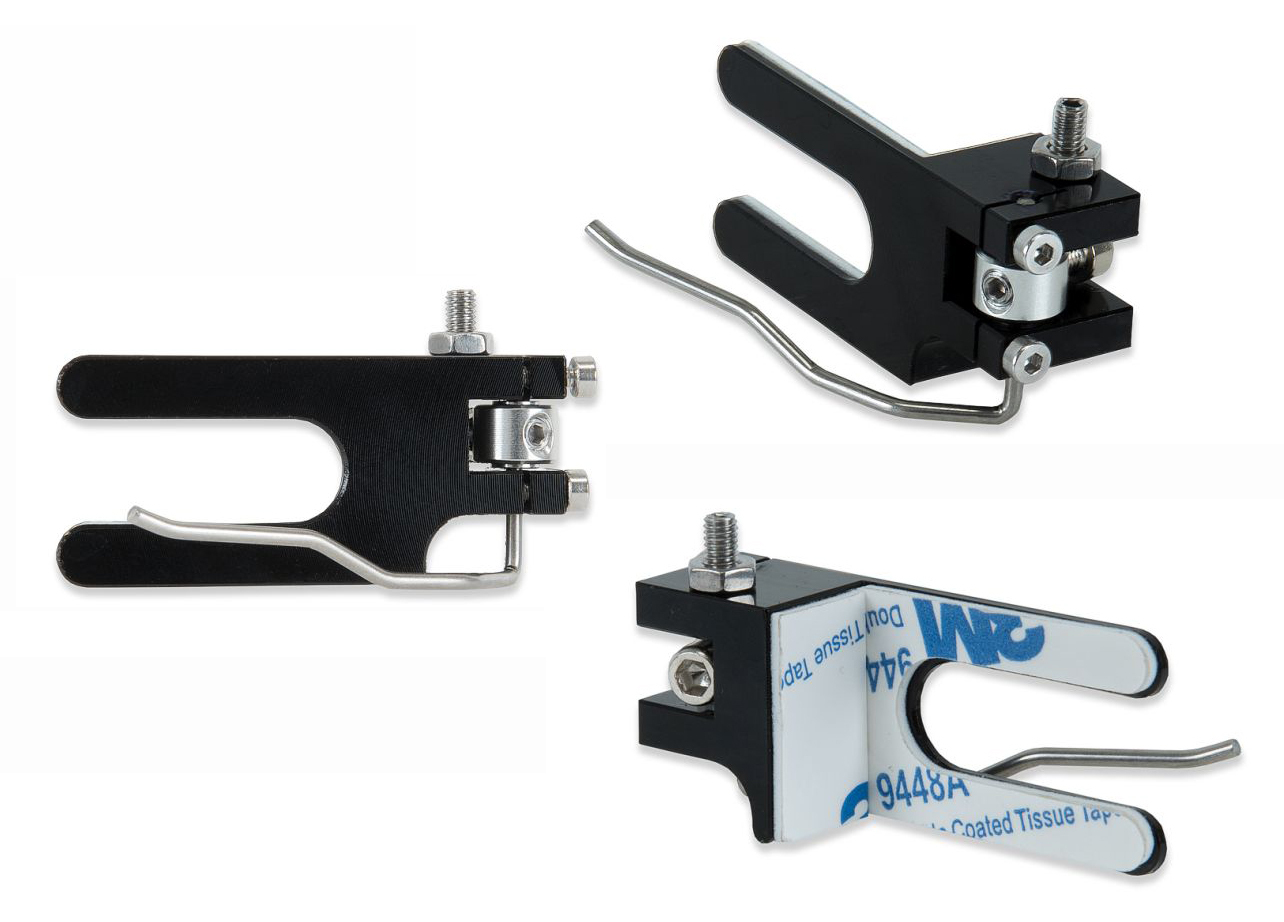
The arrow rest should be as smal and light as possible. You want a magnetic arrow rest like in the picture. These ones are easy to attach, the magnet makes sure the arrow rest rests the position when the arrow flies away, it doesn't wear out (like soft/rubber rests do).
Don't buy the ceapest or the most expensive one, buy a good one. A good example is Shibuya.
Plunger
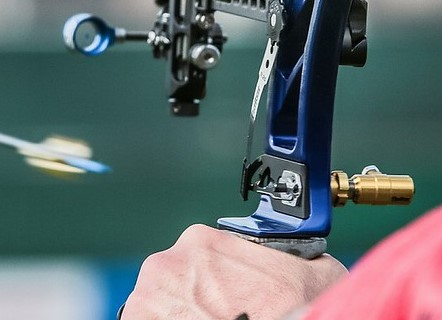
The plunger nudges your arrow to make sure it straightens its flight path quicker once you let it loose. A plunger will need tuning according to how you shoot.
Same as arrow rest, don't buy the ceapest or the most expensive one, buy a good one.
Sight
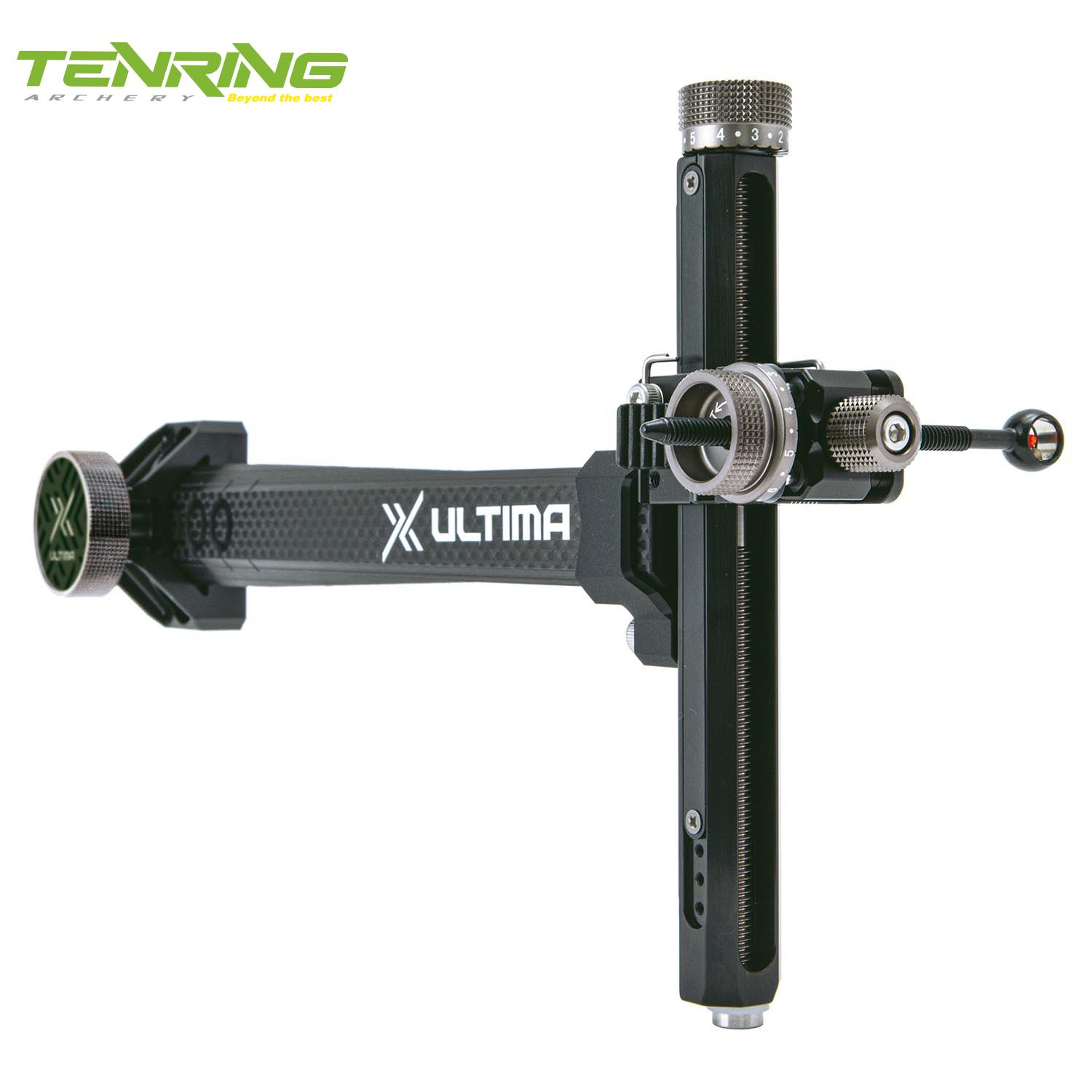
Spend all your money on a sight
If you buy a good one, you will never need another one, ever. The last for decades.
Make sure you're buying a sight suitable for your shooting hand (that is, right-handed, or left-handed)
Stabilizer (sv: stabbar/stabilisatorer)
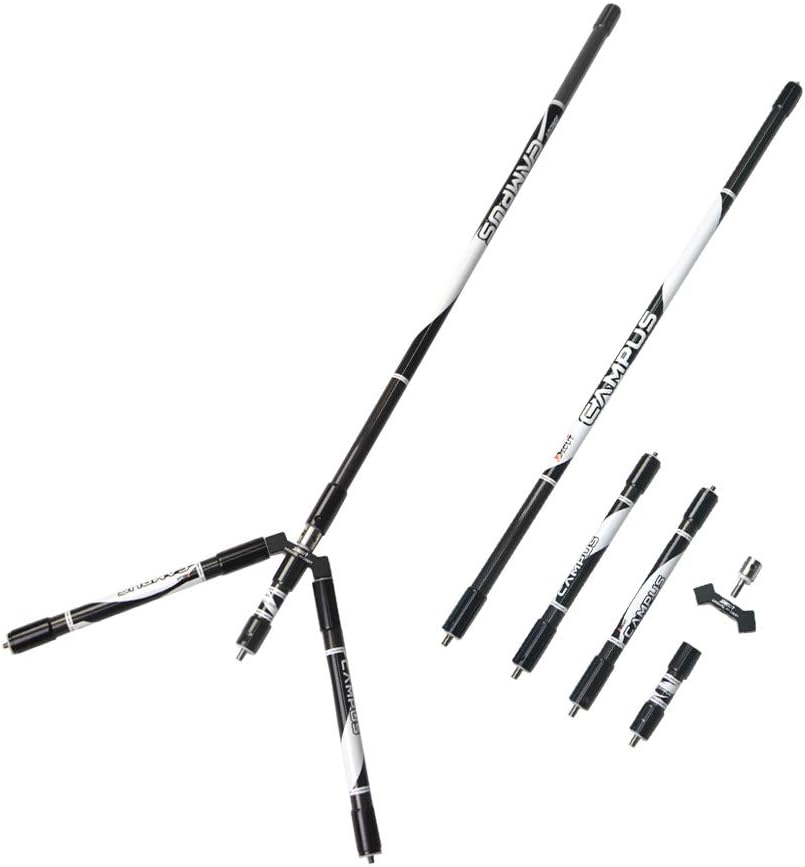
As a beginner, you want the middle one and the V-bar (to attach side stabilizers later). This is to make sure that the side stabilisers don't help you too much before you develop a proper technique.
Don't go for the cheapest or for the most expensive ones, go for the good ones, they will also last you for a long time. If you find a set of all three stabilisers that goes for a good price, get that, you'll probably want those side stabilisers later.
Quiver (sv: koger) [recommended]
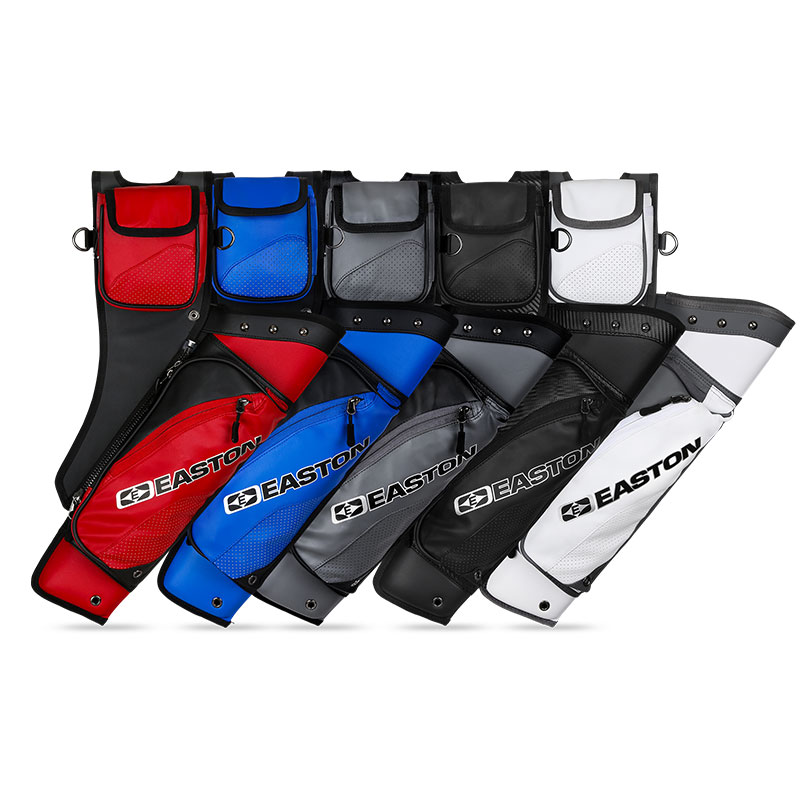
This is, of course personal preference, but there are a few things to consider:
-
The arrow holder should be split into sections:
- they don't rub against each other and don't damage each other as much when they are split into smaller bunches
- if an arrow breaks or becomes damaged during shooting, you just place it into a different section, and continue shooting
- if you're going for competitions, this helps you keep track of how many arrows you shoot (just split by three per section)
-
Several pockets is nice to store smaller things like repair kits, stringers and like.
- If you go for a quiver with pockets, make sure they can be closed/zipped-up: easier to store stuff, protection from rain when shooting outside etc.
Bow stand [optional, recommended]
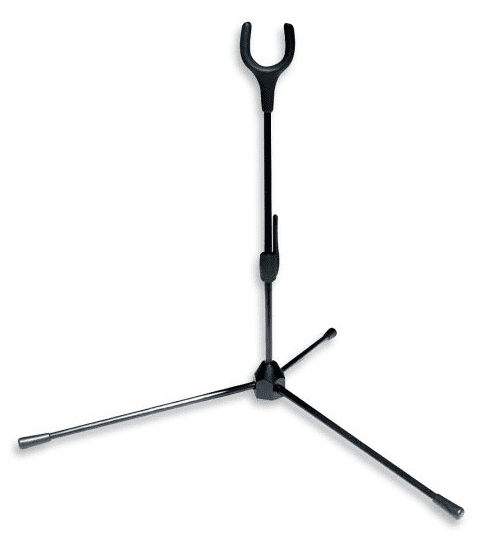
Magnetic bow stand will simply protect your bow, and makes it convenient to put it down to rest etc.
Bow square (sv: trängvinkeln) [optional]
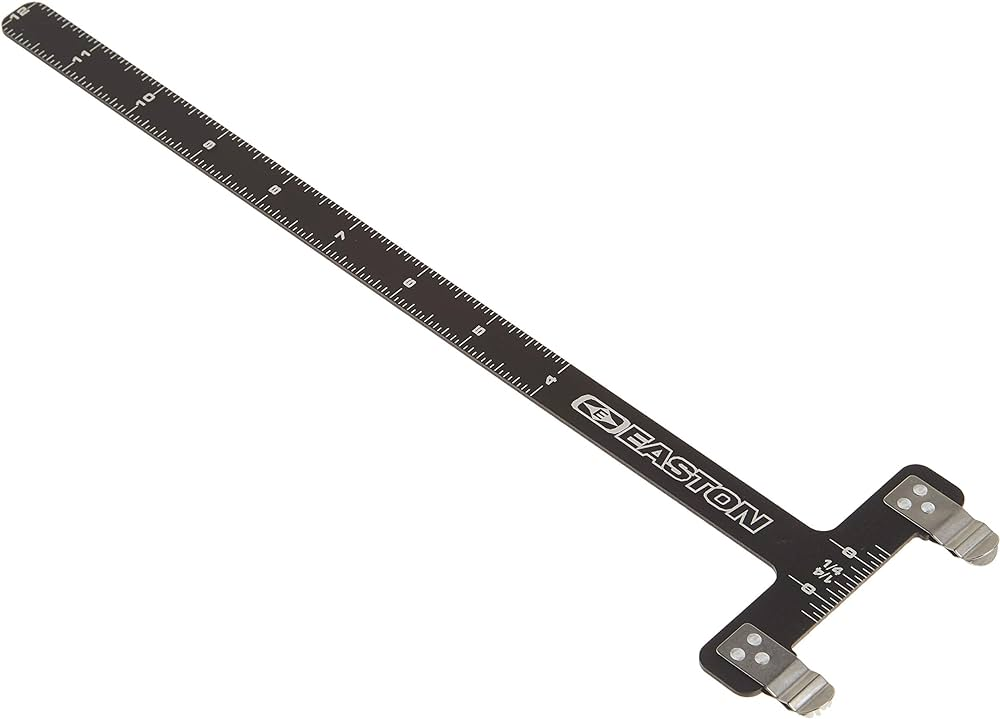
To set nocking points on arrows
Finger sling (sv. fingerslinga)
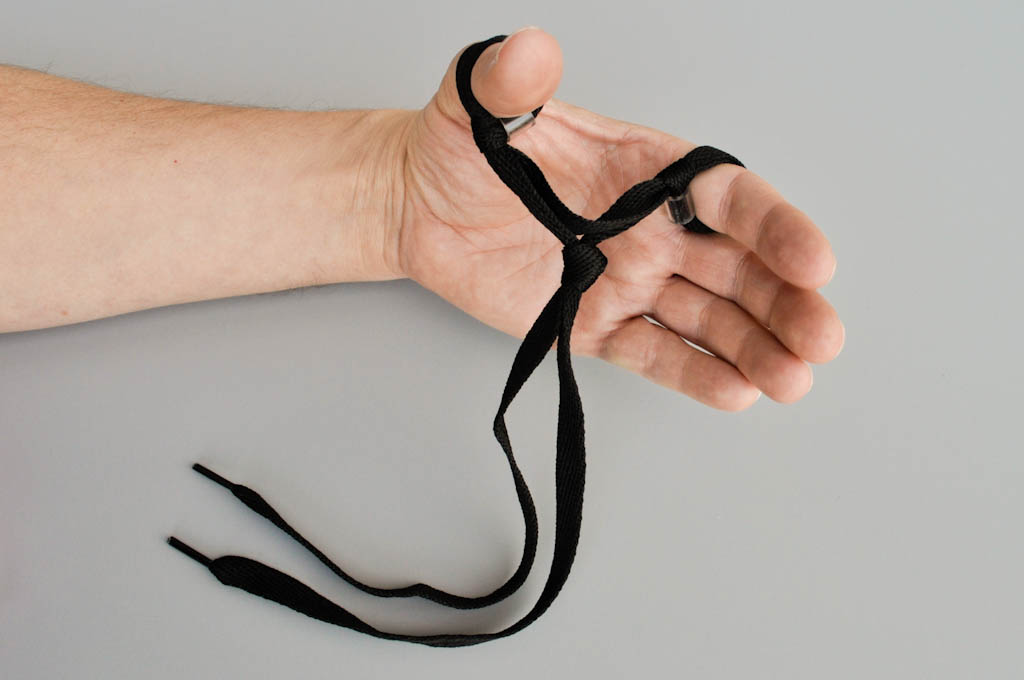
Most archers don't use the sling pictured below, and insted use the finger sling pictured above
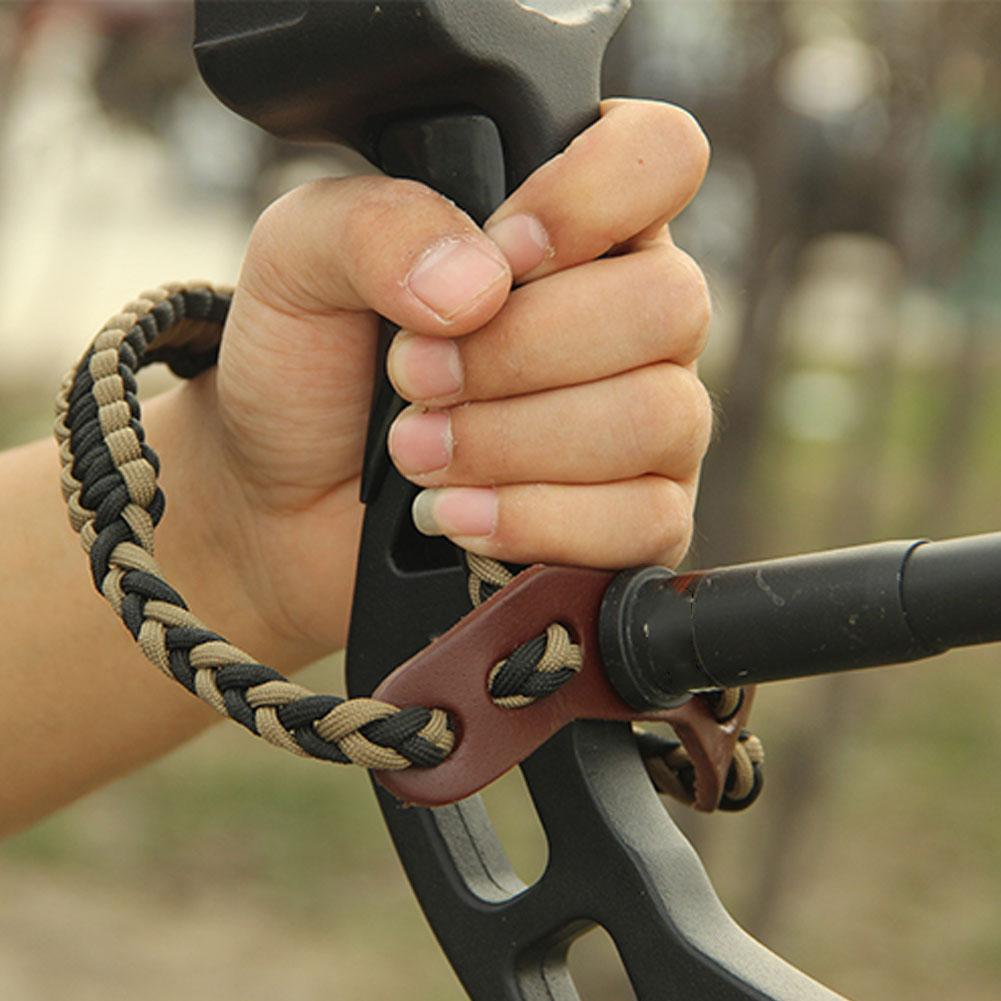
While you can buy finger slings, you can just make them out of shoe laces (as pictured above). You want a sports shoe lace that is flat (not round).
You will need at least two of these because they can be easily lost. And you shouldn't just use one of them, but use change them from time to time so that they are the same length, state etc., and don't affect you.
Arrows
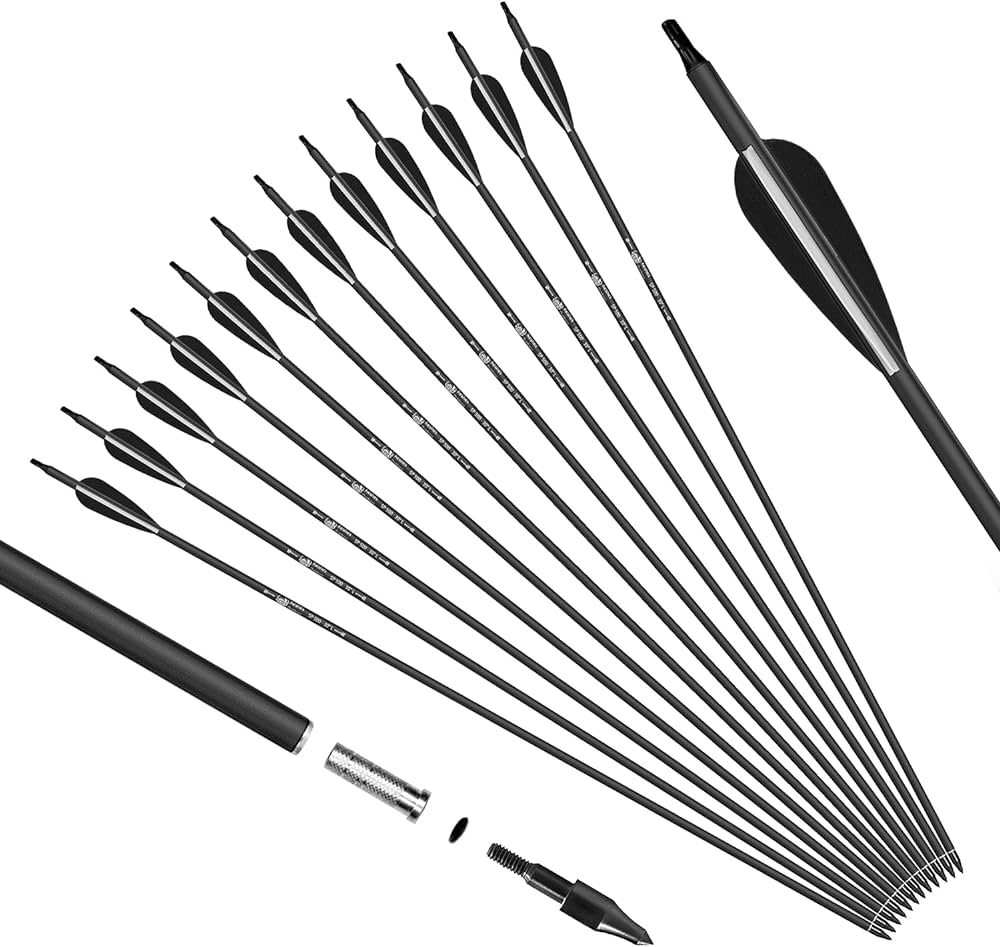
Do not buy until you've used your own bow for a while. Then you will measure your finger pull weight, and will figure out which arrows you need, and then buy them.
Arrows also consist of four parts that you may need to buy separately:
- shaft
- nock (chose small ones, see also string section above)
- tip
- vanes
Summary of equipment
Required
| Equipment | How much money to spend |
|---|---|
| Riser ILF Right/left-handed | When buying new from a specialized store, even the cheapest one is more than enough |
| Limbs ILF | The cheapest and the shittiest |
| String | Whichever, suitable for small arrow nocks, don't go for the fastest of the fast |
| Arrow rest Right/left-handed | Don't buy the cheapest or the most expensive |
| Plunger | Don't buy the cheapest or the most expensive |
| Sight Right/left-handed | Spend all your money on it |
| Stabilisers | Look for a good price |
Special mention:
| Equipment | How much money to spend |
|---|---|
| Arrows | Don't buy until you've used your bow for a while |
Optional / recommended / you'll probably need it sooner or later
| Equipment | Notes |
|---|---|
| Quiver Right/left-handed | Compartments for arrows. Pockets. Pockets can be closed/zipped-up |
| Bow stand | Light magnetic |
| Bow square | |
| Stringer | Small a light to carry around |
| Bag | Lots of pockets to carry small stuff, a tube to carry arrows and stabilisers |
| Allen key set | Both inches and millimiters (because parts often come in either) |
Personal notes
These are numbers for my own first bow:
| Part | Measurements |
|---|---|
| Riser | 25" (could be called medium by some companies) |
| Limbs | 70" 26# |
| The measurement above is for a draw length of slightly over 29" (29.2" or 29.3") |